The art of Italian textured engraving, known as "tessitura a mano" or hand-weaving in goldsmithing, is a centuries-old tradition that continues to captivate admirers of fine jewelry. Originating in the workshops of Florence and Venice during the Renaissance, this intricate technique involves meticulously carving and texturing precious metals to create depth, luminosity, and unparalleled detail. Unlike mass-produced jewelry, each piece bearing this hallmark technique tells a story of patience, skill, and artistic vision.
What sets Italian textured engraving apart is its ability to transform cold metal into something resembling woven fabric or delicate lace. Master engravers use specialized tools—some passed down through generations—to create microscopic patterns that catch light from every angle. The process is painstaking; a single square centimeter may require hours of precise handwork. This dedication results in surfaces that seem to breathe with movement, changing character as the wearer turns their wrist or shifts in the light.
The Renaissance Legacy
Florentine goldsmiths first perfected this technique to adorn the nobility and ecclesiastical treasures. Visitors to the Palazzo Pitti can still admire 16th-century ceremonial armor featuring these intricate patterns—proof of their durability alongside their beauty. Venetian artisans later adapted the method for more delicate applications, creating necklaces that resembled the city’s famed lacework. What both schools shared was an understanding of metal as a living medium, capable of holding warmth and responding to human touch.
Modern practitioners like Giovanni Ferraris, a fourth-generation engraver from Valenza, describe the process as "drawing with light." His workshop maintains traditions such as tempering tools in olive wood ash and using magnifying lenses mounted in antique brass frames. Yet contemporary designers also push boundaries, incorporating textured engraving into avant-garde pieces that juxtapose the ancient technique with modern forms. The tension between tradition and innovation keeps the art form vital.
The Human Element
No machine can replicate the subtle irregularities that give hand-engraved textures their soul. Collectors speak of being able to "feel the maker’s breath" in these pieces—the slight variations in pressure that record the artisan’s concentration and rhythm. During the engraving process, masters often work in silence, responding to the metal’s feedback as it resists or yields to the burin. This dialogue between artist and material creates surfaces that seem almost organic, as if grown rather than crafted.
Recent exhibitions at Milan’s Triennale Museum have highlighted how contemporary designers employ these textures to manipulate perception. A seemingly solid gold bangle might weigh 40% less than expected due to hidden engraving on the interior, while deeply carved patterns can make platinum appear as soft as suede. Such illusions demonstrate why Italian textured engraving remains the ultimate expression of a goldsmith’s alchemical power—transforming perception through craftsmanship.
Preservation and Evolution
Apprenticeships in Italian engraving studios now attract candidates from across the world, though few endure the eight-year training. Those who do emerge with calloused hands but also with the ability to make metal shimmer like silk or crackle like autumn leaves. Organizations like the Fondazione dei Maestri Orafi Italiani have begun documenting these techniques through 3D microscopy, not to replicate them industrially, but to preserve the knowledge for future artisans.
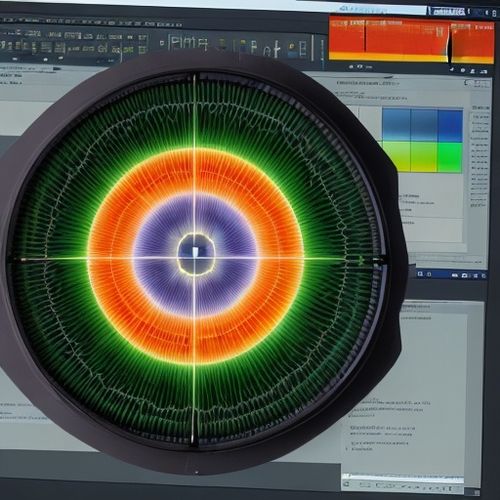
By Megan Clark/Apr 28, 2025
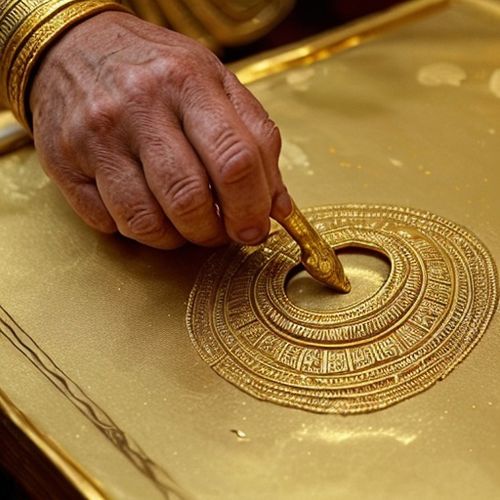
By Daniel Scott/Apr 28, 2025
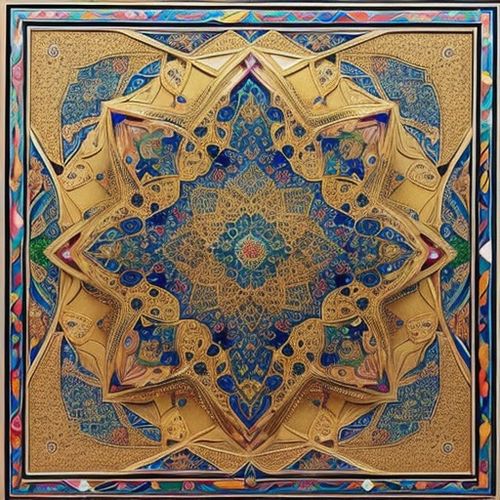
By Christopher Harris/Apr 28, 2025

By Daniel Scott/Apr 28, 2025
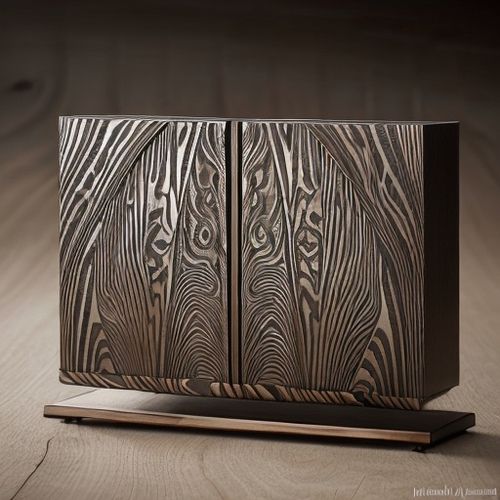
By Megan Clark/Apr 28, 2025
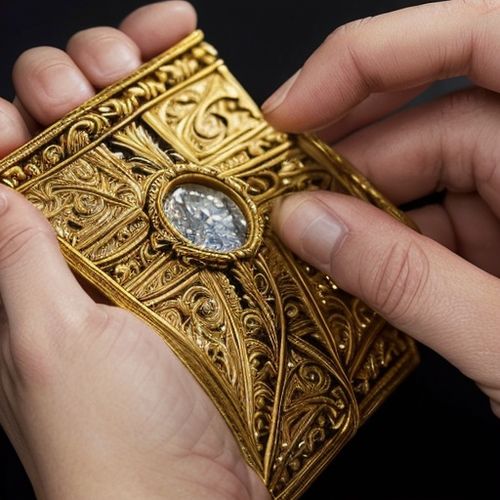
By Grace Cox/Apr 28, 2025
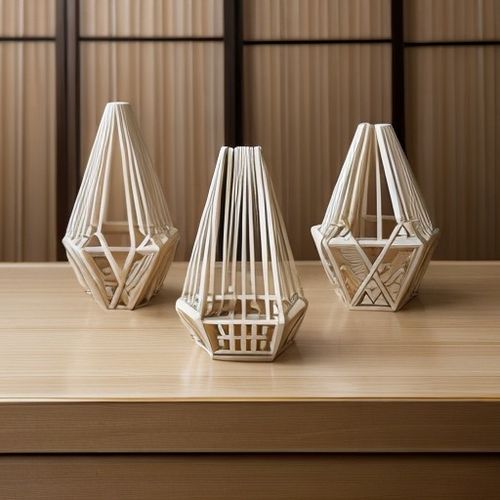
By James Moore/Apr 28, 2025

By Rebecca Stewart/Apr 28, 2025

By Jessica Lee/Apr 28, 2025

By Laura Wilson/Apr 28, 2025
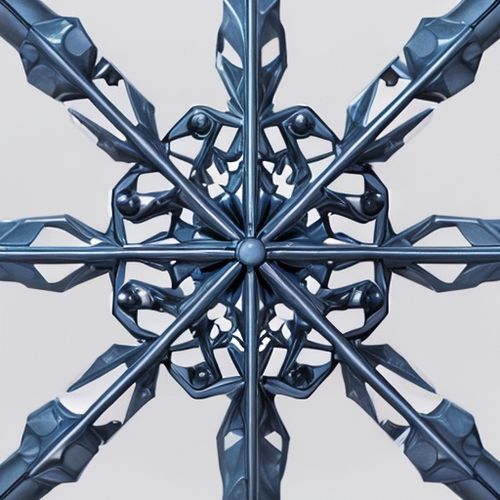
By Emily Johnson/Apr 28, 2025

By John Smith/Apr 28, 2025

By Thomas Roberts/Apr 28, 2025
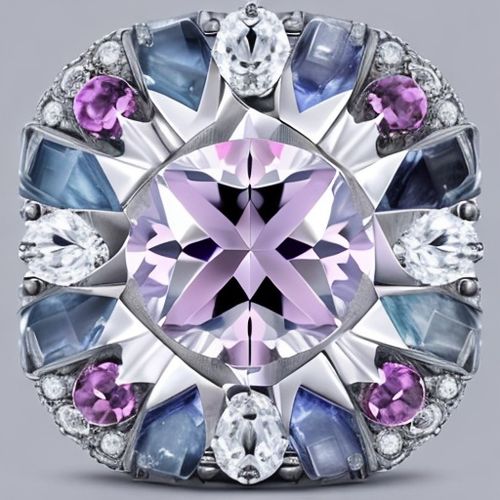
By Emma Thompson/Apr 28, 2025
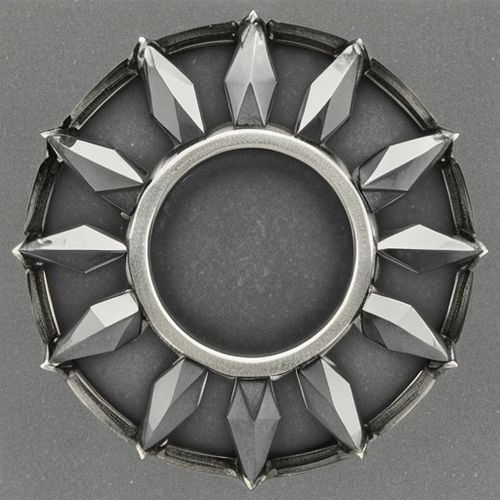
By John Smith/Apr 28, 2025

By David Anderson/Apr 28, 2025

By Olivia Reed/Apr 28, 2025
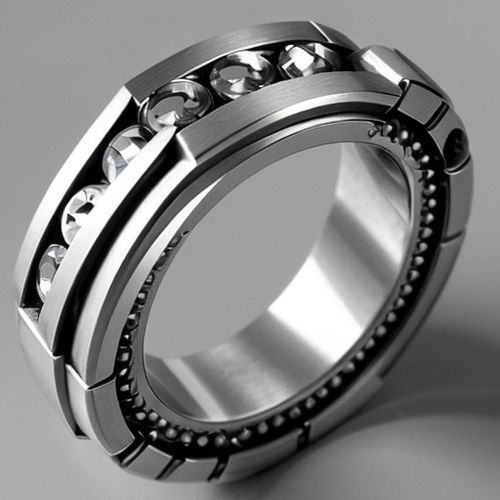
By Christopher Harris/Apr 28, 2025

By Emily Johnson/Apr 28, 2025
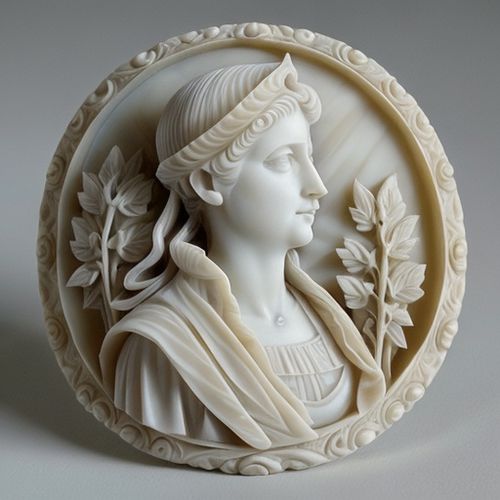
By Grace Cox/Apr 28, 2025